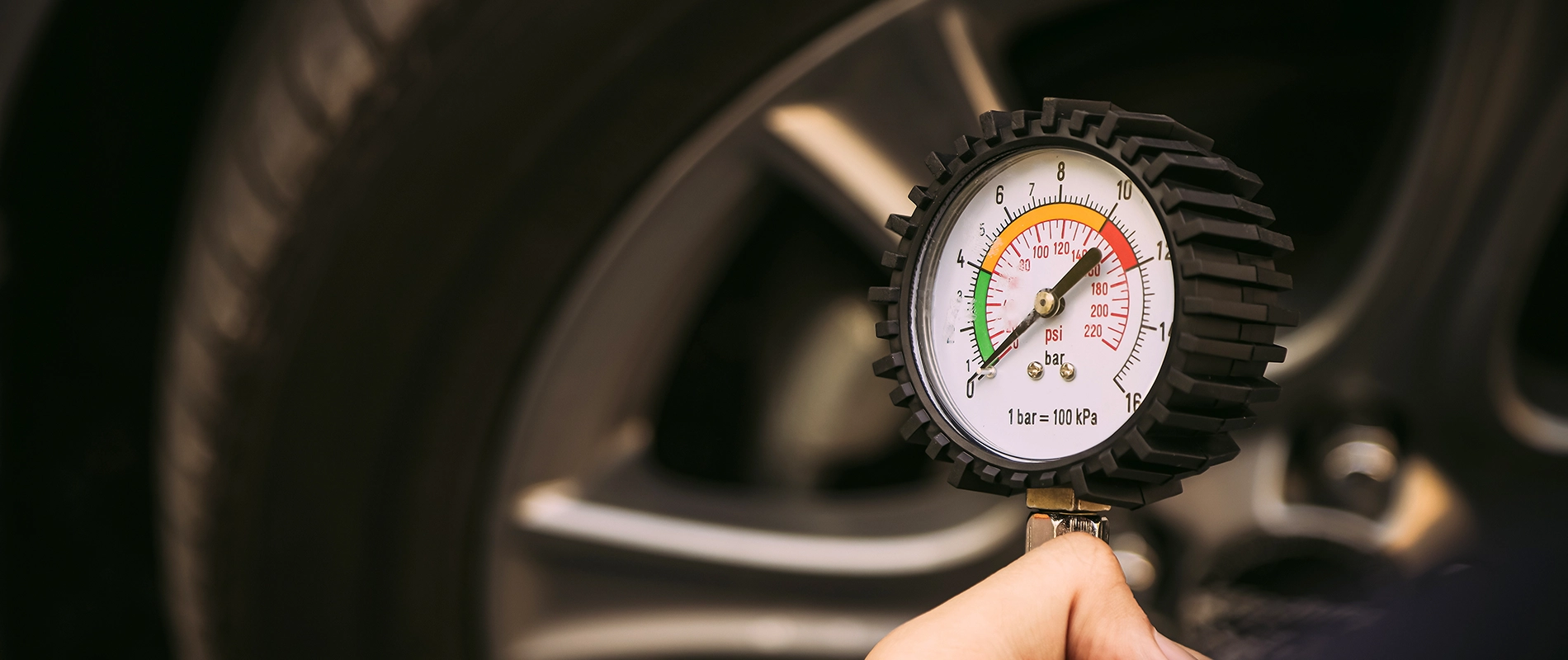-
Shopping Tools
-
Care & Maintenance
-
About
-
Dealer Login

In day-to-day ownership, electric golf carts are not hard to maintain and generally require less care than gas-powered models. There’s no engine oil, spark plugs, or exhaust to service, and routine tasks revolve around batteries, tires, cleaning, and occasional inspections of brakes and cables. Most owners can handle a basic monthly checklist in minutes and schedule deeper inspections a few times a year.
Not at all. Expect quick weekly or monthly touch points, plus seasonal checks. The biggest determinants of upkeep are how often you drive, charging habits, climate, and storage conditions. If you keep batteries healthy, tires properly inflated, and connections clean, you’ll minimize surprises and maximize range and performance.
Batteries are the heart of your cart’s performance and the number-one factor in maintenance. The basics are straightforward:
| Battery task | Frequency | Why it matters |
|---|---|---|
| Full charge after rides | Every use | Prevents deep discharge and preserves cycle life |
| Terminal inspection/cleaning | Monthly | Reduces resistance and heat, improves range |
| Electrolyte check (FLA) | Monthly/seasonal | Avoids plate exposure and capacity loss |
| Pack load test | Seasonally | Finds weak cells/modules before they strand you |
Tires are the easiest win for ride quality and range. Underinflation increases rolling resistance, strains the motor, and shortens battery life. Overinflation harshens the ride and reduces grip.
Cleanliness protects finishes, wiring, and moving parts—and it only takes a few minutes.
| Interval | What to do | Result |
|---|---|---|
| Weekly | Spot-charge; quick visual of tires and cables | Stable range and fewer surprises |
| Monthly | Set tire PSI; clean terminals; test lights/brakes | Smoother ride and efficient power delivery |
| Seasonal | Load-test battery; inspect bearings, suspension, and alignment | Peak performance and even tire wear |
| Annually | Professional check of controller, motor, and wiring | Long-term reliability and safety |
Before chasing upgrades, recover baseline performance: fully charge, set tire pressures, eliminate brake drag, and clean every high-current connection. Then consider:
Bottom line: Routine care for an electric cart is simple and predictable. Prioritize smart charging, correct tire pressure, and basic cleanliness, and you’ll enjoy quiet reliability, strong range, and low operating costs season after season.
